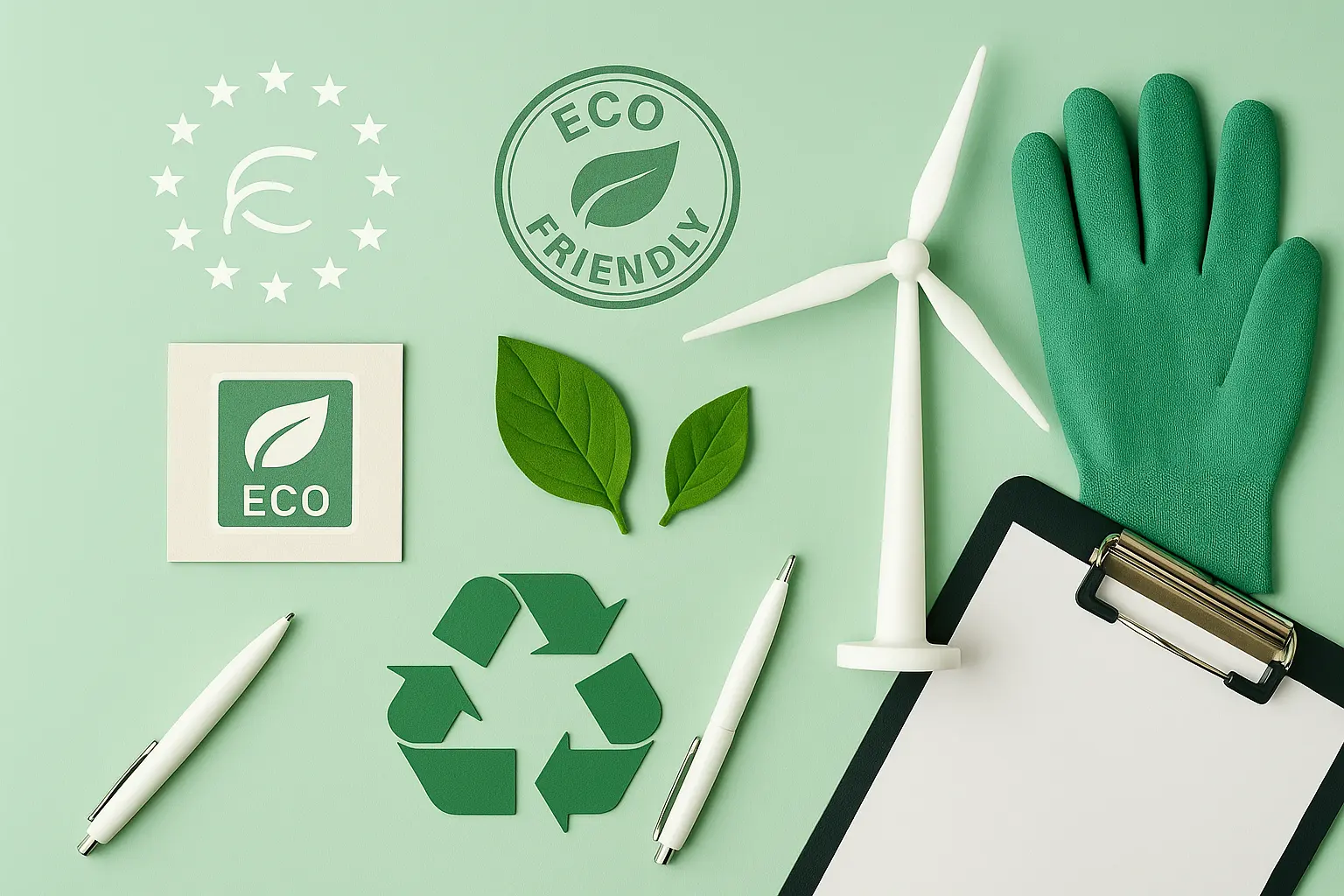Sustainable Forestry Certification
Understanding sustainable forestry is crucial in today’s world where resources are under increasing pressure. Sustainable Forestry Certification ensures that forest management practices are environmentally responsible and socially beneficial, while being economically viable. This certification involves a comprehensive assessment of various aspects including biodiversity protection, soil health maintenance, water quality preservation, and community involvement.
The process begins with thorough site audits conducted by independent experts who review historical data on land use changes, current forestry practices, and future plans for the forested area. These assessments help identify potential risks and areas where improvements can be made to align with sustainability goals. Once identified, specific action plans are developed tailored towards each site’s unique conditions.
Another critical aspect of sustainable forestry certification is the implementation of best management practices (BMPs). BMPs cover a wide range of activities from selecting appropriate tree species and spacing them properly, to ensuring proper harvesting techniques that do not disturb understory vegetation. Properly executed BMPs play an essential role in maintaining ecological balance within forests by promoting long-term health and productivity.
Furthermore, sustainable forestry certification emphasizes the importance of community involvement. Local stakeholders such as indigenous groups or nearby residents are engaged throughout all stages of the certification process to ensure their voices are heard. This collaborative approach fosters trust between certified companies and local communities, leading to better outcomes for everyone involved. By embracing this philosophy, businesses demonstrate their commitment not only towards environmental stewardship but also toward fostering positive relationships with those who depend on natural resources.
It is important to note that sustainable forestry certification does more than just provide labels; it sets rigorous standards for responsible forest management practices that contribute significantly to global efforts aimed at addressing climate change and preserving biodiversity. Through continuous monitoring and evaluation, these certifications help maintain high levels of integrity and credibility within the industry.
Applied Standards
| Standard | Description |
|---|---|
| ISO 14064-3 | This international standard provides guidelines for quantifying, monitoring and reporting greenhouse gas (GHG) emissions from forestry activities. |
| FSC-STD-500 | The Forest Stewardship Council's standard for sustainable forest management which covers practices that enhance biodiversity conservation, maintain ecological processes, and contribute to the health and resilience of forests over time. |
Scope and Methodology
The scope of sustainable forestry certification encompasses several key areas including forest inventory analysis, ecological impact assessments, socio-economic evaluations, and stakeholder consultations. Each component plays a vital role in ensuring that the overall management approach adheres to internationally recognized benchmarks for sustainability.
- Forest Inventory Analysis: This involves detailed mapping and quantification of forest resources such as tree species composition, size distributions, stand structures, and growth rates.
- Ecological Impact Assessments: These evaluations focus on identifying potential impacts associated with forestry operations on ecosystems, including changes in wildlife habitats, soil erosion risks, and water quality issues.
- Socio-Economic Evaluations: This aspect examines how forestry activities affect local communities economically, socially, and culturally. It considers factors like employment opportunities created by the industry, income levels among workers engaged in forest-related jobs, and cultural heritage preserved through sustainable practices.
International Acceptance and Recognition
- Sustainable Forestry Certification is widely accepted by various international organizations such as the United Nations Environment Programme (UNEP), World Wildlife Fund (WWF), and International Union for Conservation of Nature (IUCN).
- Many governments around the world have embraced these certifications, integrating them into their national policies aimed at promoting responsible forest management.





